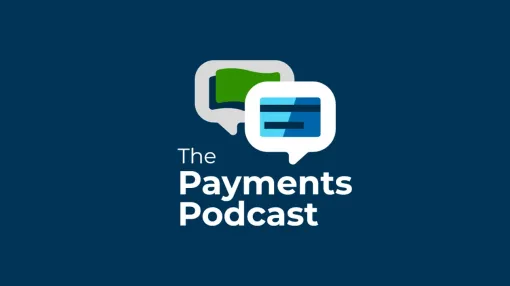It was an active year to say the least on the cross-border front and Swift's head of payments go-to-market strategy for Europe Francois Maigre expects even more change in 2024, especially in the areas of instant payments and interoperability.
Continuing adoption of instant payment systems. We believe this has the potential to change the lives of consumers as well as businesses as it makes funds available immediately to the beneficiary. Of course, we have the recent news from the European Union that lays out four new regulations for the adoption and accelerated use of instant payments as well as suggested pricing thresholds. It is indicative of a trend we see that shifts the mindset from domestic use of instant payments to cross-border payments. This ambitious regulation has the potential to strengthen Europe's position at the forefront of modern payments infrastructures. While this will represent a massive project for European banks and PSPs with far-reaching operational impacts that should not be underestimated, it is also fair to say that pan-European instant payments rails already exist as well as pan-European reachability thanks to the so-called TIPS reachability measures.
Focus on interoperability. As much as we would like to see one standard for all cross-border payments, the reality is that there are several. If you want to connect all those instant payment systems, the challenge is not the technology itself. Technology is already there. In fact, we recently shared some statistics that we see from our gpi solution that shows cross border payments no longer take days to be settled. 89% of cross-border payments are processed over Swift within an hour, placing its transaction speed ahead of the G20’s end-to-end target of 75% by 2027. But the very real challenge when it comes to interoperability is overcoming the differences in market practices and standards. It’s here that ISO 20022 adoption can have an impact. If companies adopt ISO 20022, they will then be able to carry rich, structured information across jurisdictions, which in turn allow you to meet the different regulatory requirements. Another element when it comes to interoperability is the ability to track end to end transactions across the different jurisdictions. We do have challenges to overcome next year when it comes to interoperability, less on the technology side but more in terms of standardizing market practices and the usage of standardized data.
Focus on prevalidation: Let me build on the importance of end-to-end visibility, because prevalidation is a big part of that and it’s one of the most important trends for 2024. In 2022 we found that 65% of payment exceptions on the Swift network are the result of formatting errors, account issues and invalid data. Many of these errors could be avoided – all that’s required is that payments are checked or ‘pre-validated’ beforehand. Now when you increase the velocity those payments, this is becoming more and more relevant because instead of fixing an issue in flight, why not already fix it before the payment is initiated? So, we think there will be more and more focus on prevalidation. We’re making progress integrating it into the mindset of the industry.
Conclusion: The pace of change in the payments industry is quite impressive and I don't see any reason why it will slow down in 2024. With the new regulations now on the table, I see a great willingness to improve. We’re looking at a very full plate for the coming year.


